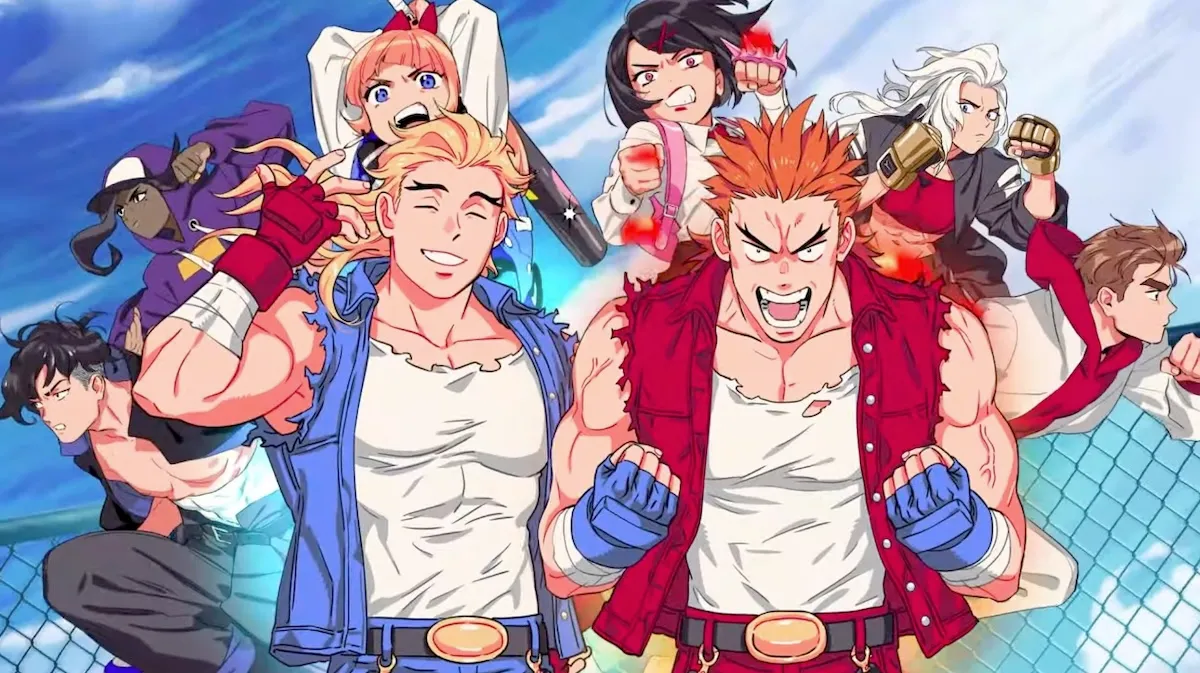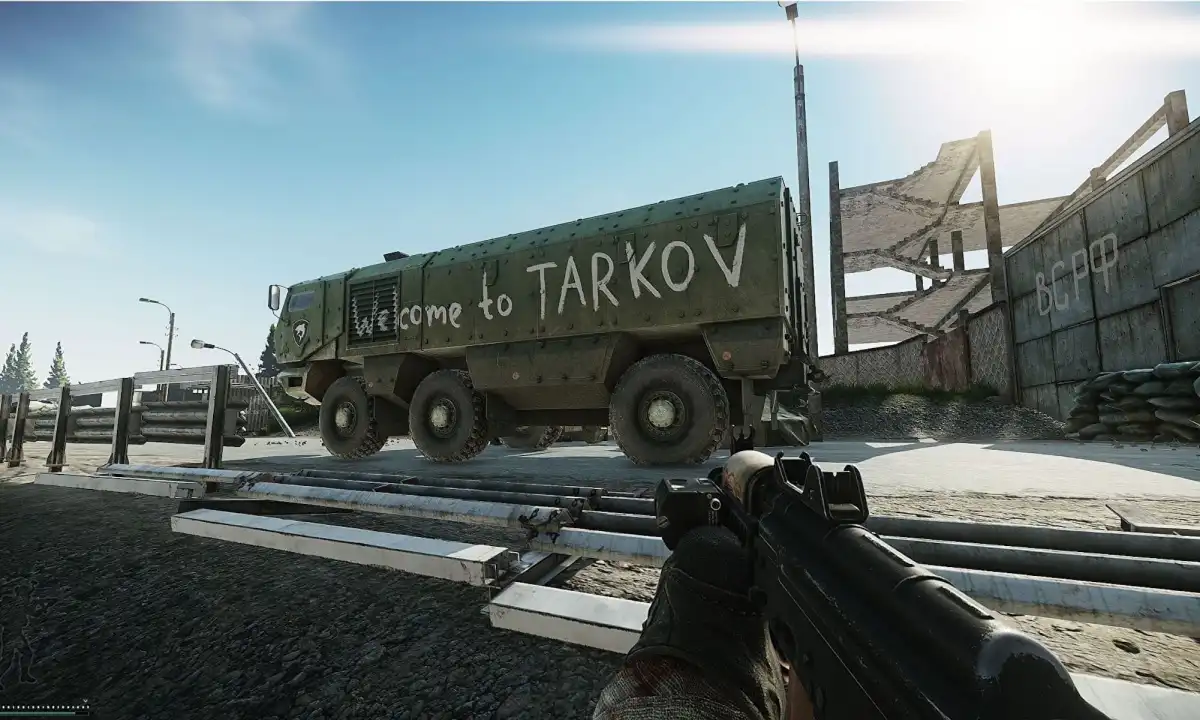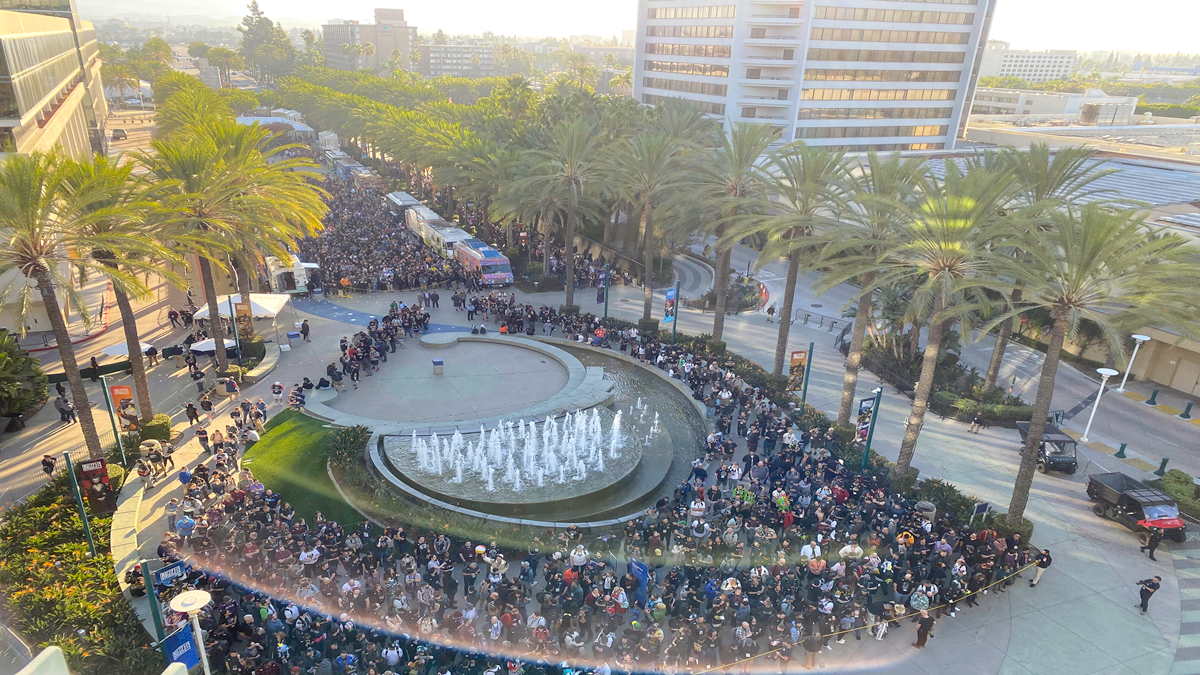I made the harrowing decision to pass on Pokémon Black and White when they released, which I never expected to do, as an avid fan of Pokémon. It’s still a choice that doesn’t sit quite well with me (I think Smugleaf is one of the best Pokémon in a long time and am dying to train one) but passing on Pokémon spinoffs has historically been a much more painless decision. They’ve ranged from “bad” to “probably bad, but I secretly enjoyed it” to “the best game on the N64.” Still, crossing the venerable franchise with an obscure (in the West) historical SRPG?
Well, it’s not all that weird. Relatively speaking. The strategy-RPG gameplay from the Nobunaga’s Ambition side of the equation meshes nicely with Pokémon’s strategic, turn-based gameplay resulting in something strangely familiar, especially if you’ve played an isometric, turn-based SRPG before. Plus, seeing Pokémon gallivanting around and battling a bit more tactilely is a bit exciting.

Pokémon Conquest (DS)
Developer: KOEI
Publisher: Nintendo
Release: June 18, 2012
Pokémon Conquest takes place on a new region, Ransei, in which there are special people that can bond with the native Pokémon. That’s right; your average Bug Catcher Joey doesn’t get to pal around with substitute friends in the Ransei region. As is common in regions, there is a legend about, one that tells of a Pokémon who created the entire region and of the “chosen one” who will be able to access this legendary being (hint: the region is shaped like Arceus).
The ambitious warlord Nobunaga seeks absolute control over the land and you don’t want him to have it. Taking him on, however, is no easy feat, which means you must build up an army and become an imposing warlord. There are 17 castles scattered throughout the region, meant to correspond with the 17 Pokémon types. Whether controlled by you or your adversaries, each castle can hold up to six active warriors or warlords. Warriors and warlords (better stats and Pokémon than warriors) are the people who can interact with Pokémon and thus use them to fight in what could be considered a series of proxy wars. (War has changed.)
Combat plays out on 3D, isometric maps themed after the Pokémon type the maps correspond to, and with small little gameplay gimmicks to provide more than an aesthetic change. I saw a grass-themed map and an ice-themed map. The former had a little vine bridge providing quicker access between two of the high-ground points on the map that retracted every other turn, while the latter had a hot spring panel that recovered HP to the unit (Pokémon) standing on it. Both maps also had arbitrarily placed, invisible tile traps that could encumber you. The fire stage, I’m told, also has lava flows, which fire Pokémon can freely traverse.
The fighting is rather traditional turn-based SRPG fare. Pokémon can move a limited number of squares to position themselves to fight other Pokémon. Each is limited to one move, which has varying range depending on the move. A few things spice combat up aside from the themed maps, including varying objectives. When taking the grass castle (more on that later), there were flags on the map that needed to be held while simultaneously fighting off the opposing Pokémon. Warriors and warlords also each have a special move they can activate once per battle — things like healing all party members or increasing the attack of party members within range.
While the actual combat seemed pretty basic (remember, this is meant to have mass appeal in the same manner that the Pokémon franchise does), there’s a lot to do outside of combat. Castles have different buildings, including shops, mines, and training grounds. You buy things at shops, mine for gold in the mines. When you begin amassing minions in your castles, you can use them to mine for you (yielding gold) or to upgrade your shops (yielding better items). Each warrior or warlord under your control can only be used (including in combat) once per month cycle and you can fast forward to the next month cycle if you don’t want to make anymore actions. You can also set your underlings to automatically perform certain actions, like mining, which will be helpful when you start stockpiling them.
The training ground allows you to beat other, arbitrary warriors and warlords into submission, at which point you can coerce them to join you if certain battle conditions are met. Warlords, as the higher prize, need a bit more convincing of your prowess before signing on to serve under you, and thus have stricter battle conditions you have to meet if you want to conscript them. Regardless if they are met, the training ground is also where you can grind out some experience if need be, which in this case translates to the growing link between a Pokémon and its “trainer.” Additionally, in these training grounds you can find wild Pokémon, which you can attempt to “link” your warlord of choice to through a rhythm-based button pressing minigame. 
Your warlord can have up to seven Pokémon in their stable (though you can only use one at a time in battle), and it allows for repeat Pokémon; while the moves and stats are the same between them, secondary abilities differ. Warlords, like Pokémon, have a certain type and work best with Pokémon of the corresponding type. The statistically-balanced Kenshin, for example, works well with the psychic/fighting Galllade. There are around 200 Pokémon to recruit spanning the entire franchise, and a similar number of warriors/warlords that could potentially be recruited.
Pokémon Conquest will also have local and online multiplayer, in the form of a one-on-one contest. Each warrior or warlord you defeat over the course of the main game, even if you do not recruit them at the time or have to let one go down the line, is registered and accessible to you when playing against a real-life opponent. Between seeking out the best warlord or trying new Pokémon combinations (even going as far as finding the same Pokémon with a different secondary ability), the collection aspect of the Pokémon franchise is in full effect, online or off, as you try to accumulate all the things in order to build the biggest, baddest party possible.
Despite the SRPG conventions, there’s a lot of Pokémon in Pokémon Conquest. The combat is simpler than most SRPGS, lacking the diverse abilities, buffs, and moves you might expect (or even the relatively pared down four-move set staple of Pokémon), yet there are dynamics at play that need to be managed, between environmental obstacles and design, type strengths and weaknesses, and special moves. The overhead: building up castles and facilities, recruiting and subsequently training new members, eventually managing dozens of units, etc. does seem like it could get tedious, yet at the same time the “gotta catch ‘em all” spirit seems strong.
If Pokémon Conquest can hit that balance between being accessible and straightforward for newcomers while also offering stimulation, challenge, and reward for those who have been put through their paces once or twice, it could just end up as delightful as the games in the main series are.



